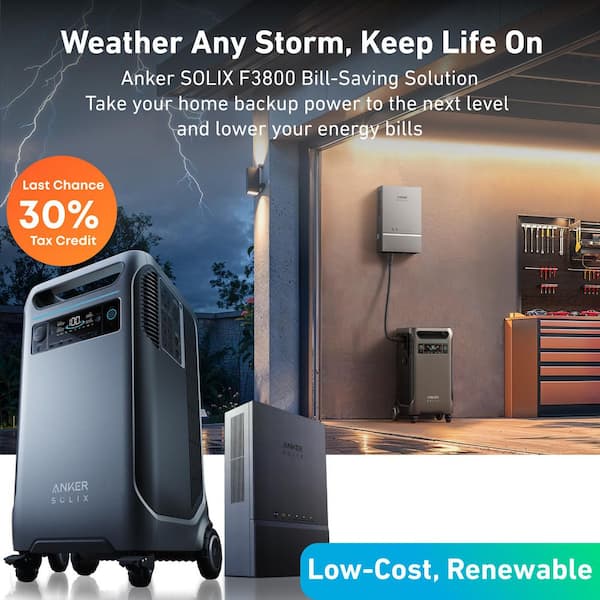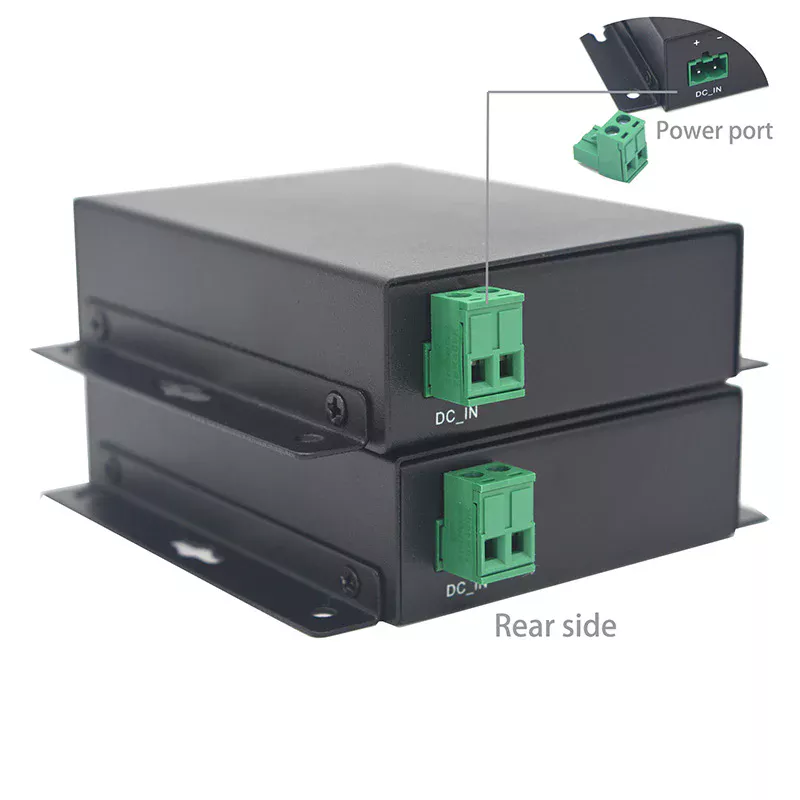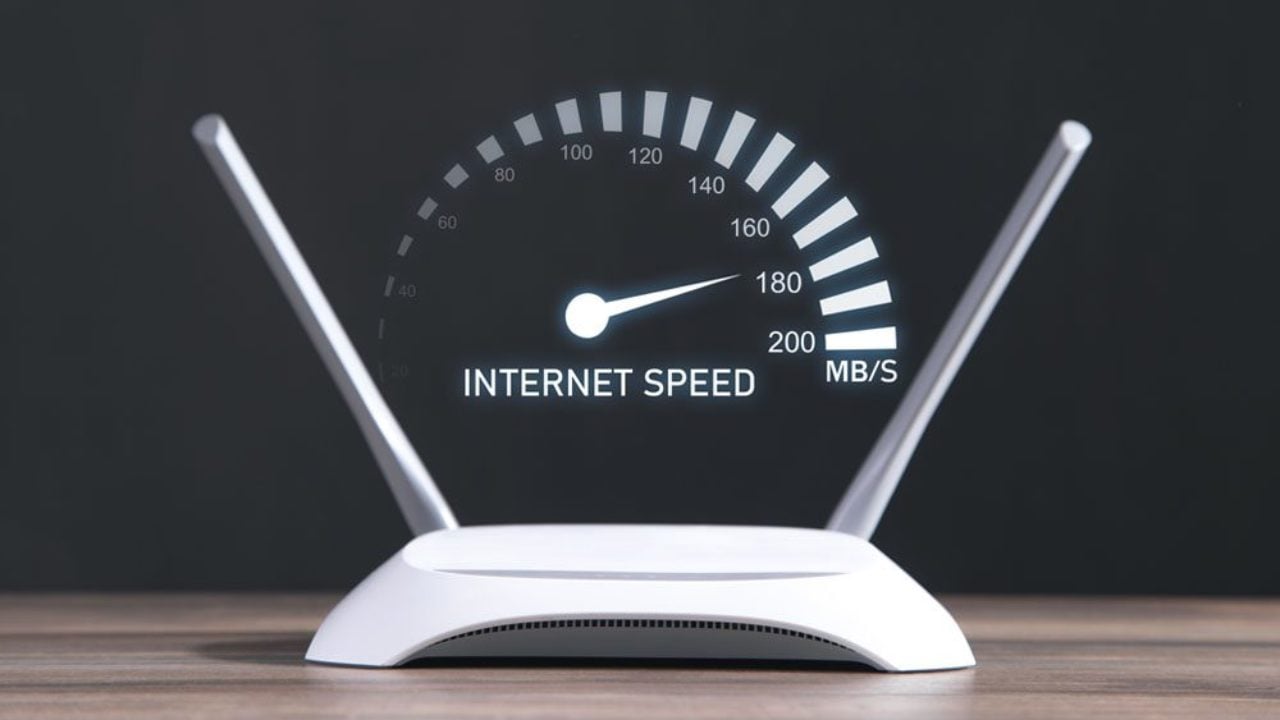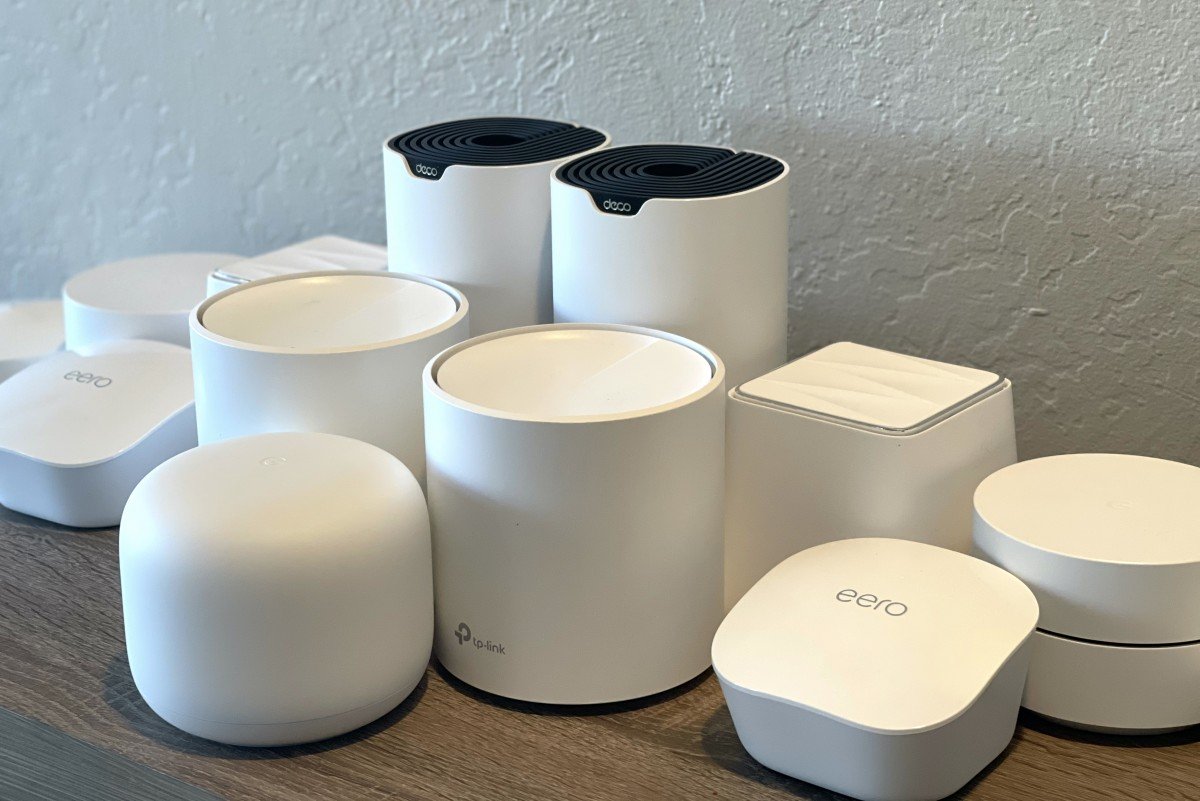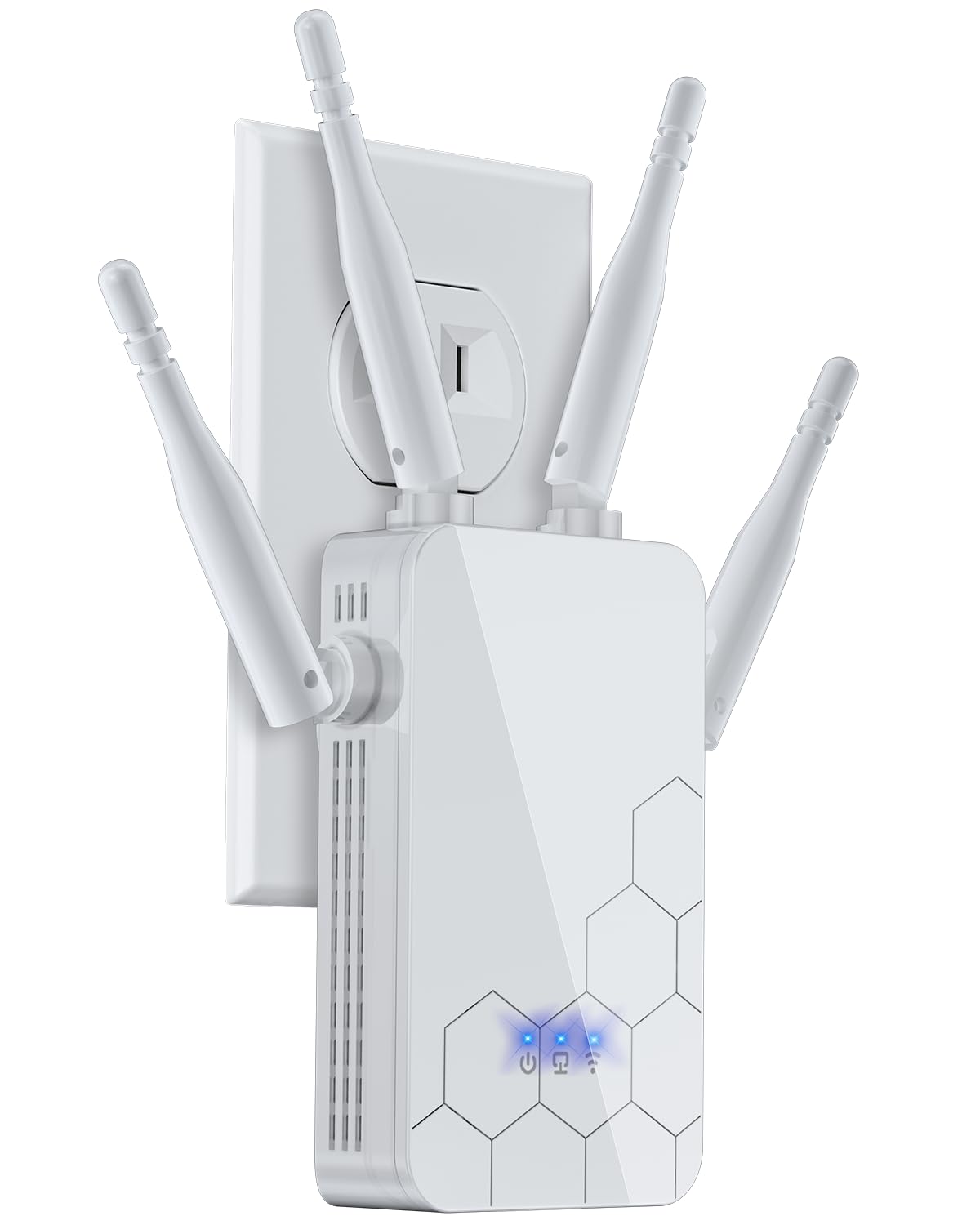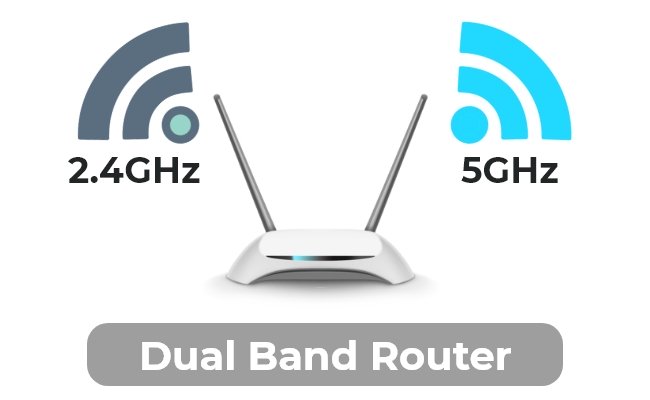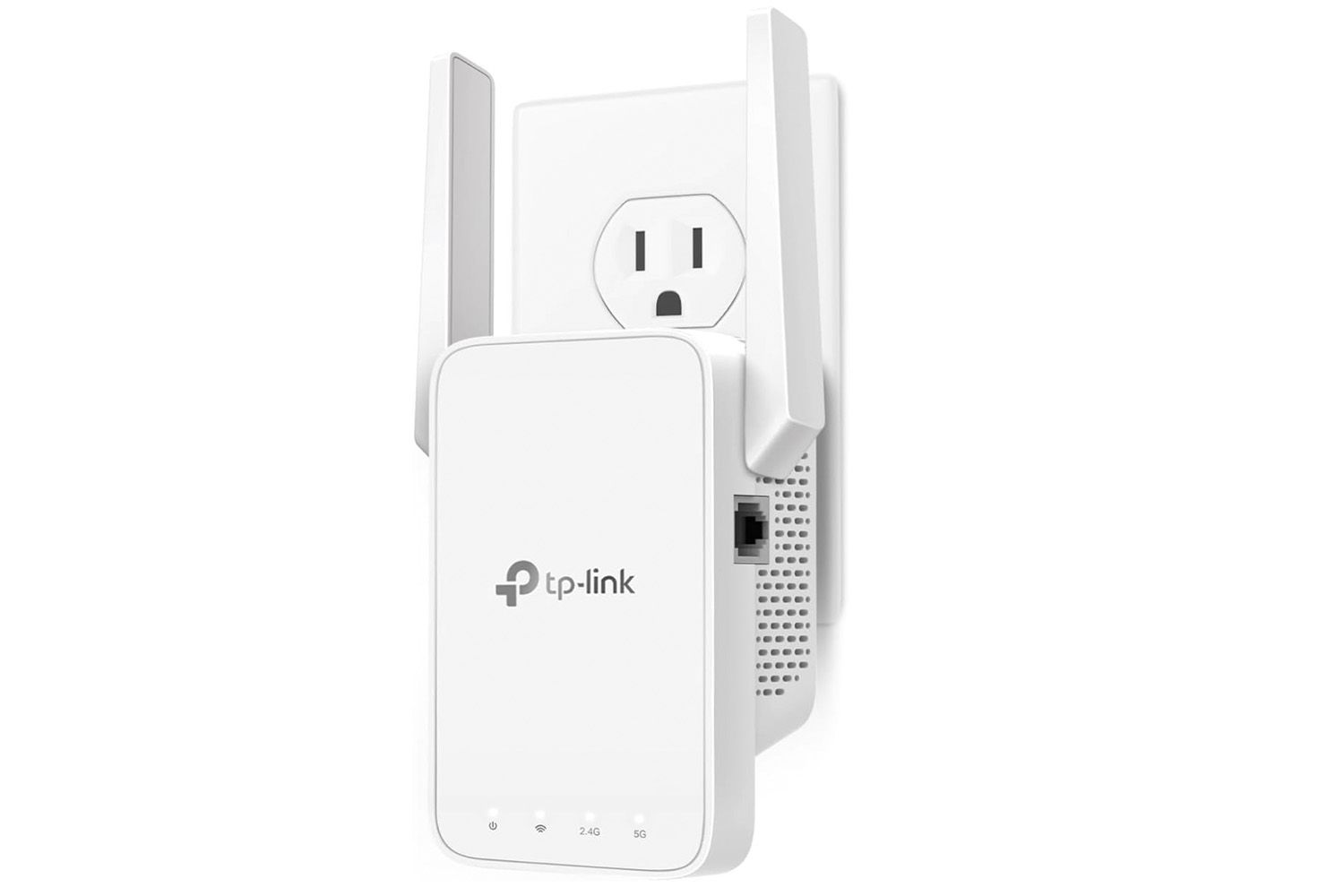Imagine your home running smoothly even when the power goes out. No sudden blackouts, no lost data, no frozen security cameras.
How? By using smart home devices powered by batteries. If you want to keep your home connected, safe, and comfortable without relying solely on the grid, this idea is for you. Discover how smart home on battery power can give you freedom, peace of mind, and control like never before.
Ready to see how it works and why it matters? Keep reading—you won’t want to miss this.

Credit: www.amazon.com
Benefits Of Battery-powered Smart Homes
Battery-powered smart homes use stored energy to run devices and systems. This setup offers many advantages for homeowners.
These benefits include greater control over energy use and safety during power problems. Let’s explore the main advantages.
Energy Independence
Battery power lets homes run without relying only on the grid. This independence helps reduce energy waste and carbon footprints.
Homeowners can store solar or other renewable energy in batteries. They use this energy anytime, day or night.
- Use stored energy during peak hours
- Lower reliance on fossil fuels
- Support cleaner, greener energy use
Backup During Outages
Batteries keep smart homes powered during blackouts. This backup helps keep lights, security, and appliances running.
It provides peace of mind and safety. Families stay comfortable and connected when the main power fails.
- Power smart security systems
- Keep essential appliances working
- Maintain internet and communication devices
Cost Savings Over Time
Battery-powered smart homes can lower energy bills. Storing energy when prices are low saves money.
Using stored energy means less buying from the grid. Over time, this reduces monthly costs and protects against price rises.
- Charge batteries during off-peak hours
- Use stored energy during peak price times
- Reduce total electricity expenses
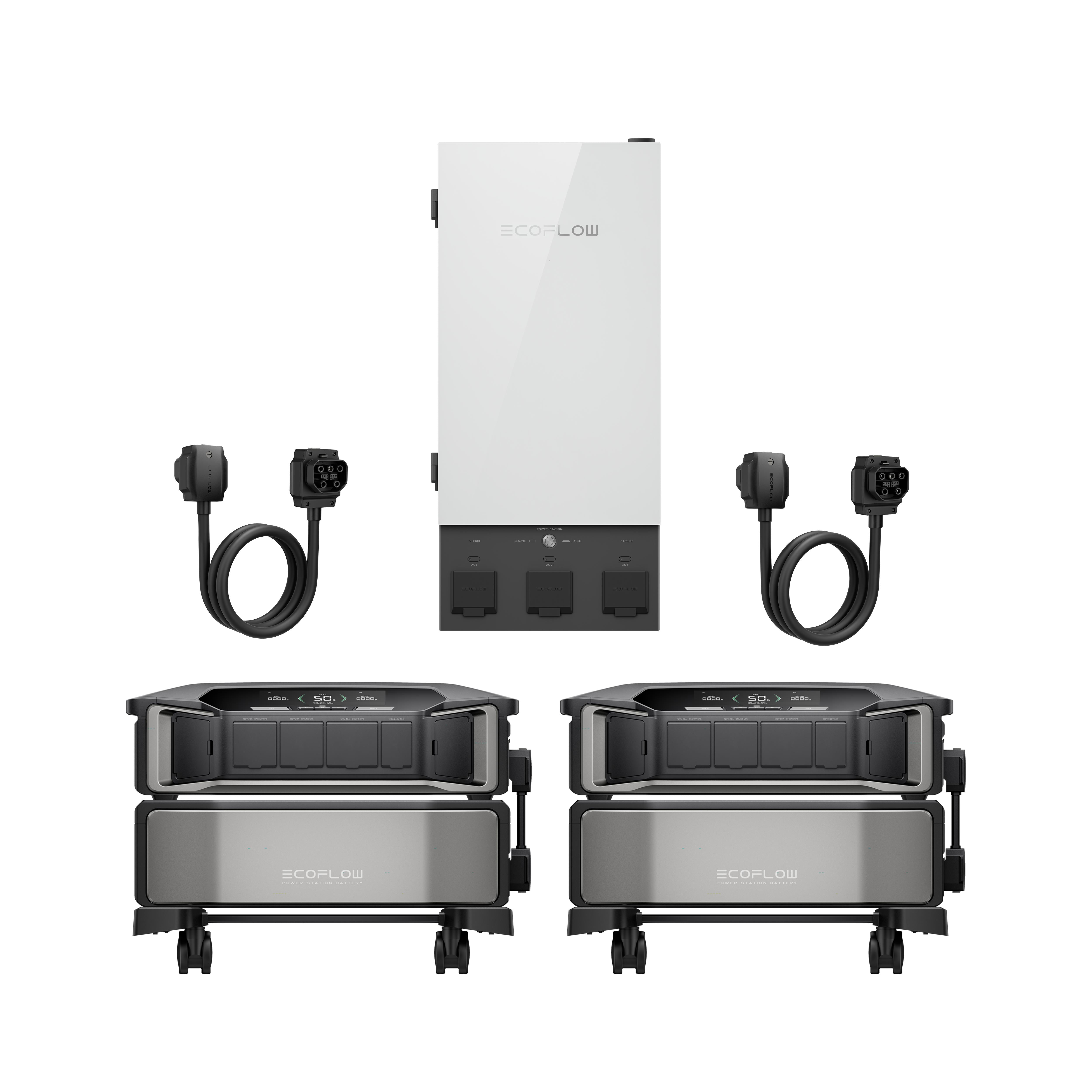
Credit: minisplitsystemsdirect.com
Choosing The Right Battery System
Smart homes need power systems that are reliable and efficient. A good battery system keeps devices running during outages.
Choosing the right battery means understanding types, capacity, and device compatibility. This guide helps you make a smart choice.
Types Of Batteries
Different battery types offer unique benefits and limits. Pick one that fits your smart home’s needs and budget.
Common types include lead-acid, lithium-ion, and nickel-metal hydride batteries. Each has different life spans and costs.
- Lead-Acid:Affordable, heavy, and good for short backup times.
- Lithium-Ion:Lightweight, longer life, higher cost but better performance.
- Nickel-Metal Hydride:Less common, moderate cost, decent lifespan.
Capacity And Runtime
Battery capacity shows how much energy it stores. Runtime means how long it powers your devices.
Choose a battery with enough capacity to keep your smart home active during outages. Calculate total power needs first.
- Capacity is measured in amp-hours (Ah) or watt-hours (Wh).
- Higher capacity means longer runtime.
- Consider the number and type of devices you want to power.
Compatibility With Smart Devices
Not all batteries work well with every smart device. Check if your devices support the battery type you choose.
Some batteries need specific chargers or controllers to work safely with smart home systems.
- Verify voltage and current requirements of your devices.
- Look for batteries designed for home automation use.
- Ensure the battery system supports your smart hub and sensors.
Integrating Renewable Energy Sources
Smart homes can run on battery power by using renewable energy. This helps reduce electricity bills and lowers pollution.
Adding solar, wind, or hybrid systems lets your home use clean energy. These systems store power for use when needed.
Solar Panels And Battery Storage
Solar panels capture sunlight and turn it into electricity. This energy can power your home or charge batteries.
Battery storage keeps extra solar energy for night or cloudy days. It helps your home stay powered without grid electricity.
- Solar panels reduce dependence on the grid
- Batteries store unused energy for later use
- Combining both makes homes more energy independent
Wind Power Options
Small wind turbines can generate electricity for homes. They work well in areas with steady wind.
Wind power can charge batteries or supply power directly. It can complement solar energy for better coverage.
- Wind turbines need enough wind to produce energy
- They are quiet and need little maintenance
- Wind power can balance solar energy on cloudy days
Hybrid Energy Systems
Hybrid systems mix solar, wind, and batteries for steady power. They work in different weather and times of day.
These systems improve energy reliability and reduce grid use. They also help smart homes stay powered during outages.
- Use solar panels for sunny days
- Use wind turbines when it is windy
- Store energy in batteries for night and calm weather

Credit: manlybattery.com
Optimizing Energy Consumption
Smart homes running on battery power need careful energy use. Saving power helps batteries last longer.
Using energy wisely keeps your home running smoothly without wasting power.
Smart Energy Management
Smart energy management means tracking how much power your home uses. It helps you find ways to save energy.
Smart systems can adjust power use based on your needs and battery levels. This balance improves efficiency.
Scheduling And Automation
Scheduling sets devices to run only when needed. Automation lets your home control power use by itself.
You can program lights, heating, and appliances to turn off during low battery times. This saves energy.
- Turn off lights when rooms are empty
- Run appliances at off-peak times
- Lower heating or cooling when away
Energy-efficient Devices
Choose devices that use less power to keep your battery strong. Energy-efficient devices reduce waste.
Look for appliances with good energy ratings. LED bulbs and smart thermostats save a lot of energy.
- LED lighting uses less power than bulbs
- Smart thermostats adjust temperature smartly
- Energy Star appliances use less electricity
Installation And Maintenance Tips
Smart home devices on battery power offer great flexibility. They do not need wires, making installation easier in many places.
Proper care helps these devices work well for a long time. Follow simple tips to install and maintain them safely.
Proper Placement And Ventilation
Place smart home devices where air can flow freely. Good ventilation stops batteries from overheating and lasting longer.
Avoid putting devices near heat sources like heaters or direct sunlight. Keep them away from damp or dusty places.
- Choose a cool, dry spot with good air circulation
- Keep devices away from windows with strong sunlight
- Do not block vents or covers on devices
- Place devices where batteries can be easily accessed
Routine Checks And Troubleshooting
Check your smart devices regularly to ensure they work well. Look for low battery warnings or strange behavior.
Test device functions often. Replace batteries before they run out to avoid sudden shutdowns.
- Inspect batteries for leaks or damage
- Clean device contacts with a dry cloth
- Restart devices if they freeze or slow down
- Update device software when updates are available
Safety Precautions
Handle batteries carefully to avoid accidents. Use the correct battery type and follow manufacturer instructions.
Store spare batteries in a safe place. Keep them out of reach of children and pets.
- Do not mix old and new batteries in devices
- Avoid short-circuiting battery terminals
- Dispose of used batteries properly at recycling centers
- Do not expose batteries to fire or water
Future Trends In Battery-powered Smart Homes
Battery-powered smart homes use stored energy to run devices and systems. This helps homes work even during power outages.
New technologies are making these homes smarter and more efficient. Let’s explore the future trends in this area.
Advancements In Battery Technology
Batteries are getting better with longer life and faster charging. They store more energy in smaller spaces now.
New materials and designs make batteries safer and cheaper. This helps more homes use battery power easily.
- Higher energy density stores more power
- Faster charging reduces downtime
- Improved safety prevents overheating
- Lower costs make batteries affordable
Integration With Ai And Iot
Smart homes use AI to learn your habits. This helps save battery power by using energy only when needed.
IoT devices connect all home systems. They share data to keep the home running smoothly and save energy.
- AI predicts energy use and adjusts settings
- IoT devices communicate to optimize power
- Remote control lets users manage energy use
Grid Independence Potential
Battery-powered homes can work without the main power grid. This gives more freedom and security during outages.
With solar panels and batteries, homes generate and store their own power. This reduces bills and pollution.
- Solar energy powers the home during the day
- Batteries store excess energy for night use
- Homes stay powered even if the grid fails
- Less reliance on fossil fuels lowers emissions
Frequently Asked Questions
What Is A Smart Home On Battery Power?
A smart home on battery power uses batteries to run devices during outages. It ensures continuous operation of smart systems without relying on the grid.
How Long Can A Smart Home Run On Batteries?
Battery runtime depends on capacity and energy use. Typically, it lasts from a few hours to several days during power cuts.
What Are The Benefits Of Battery-powered Smart Homes?
Battery power provides energy backup, reduces outages, and enhances security. It also supports sustainability by integrating with renewable energy sources.
Can Smart Home Devices Work Without Electricity?
Yes, smart devices can operate on batteries or backup systems. This allows them to function even during power failures.
Conclusion
Smart homes on battery power offer great potential. They provide energy savings and flexibility. Batteries can keep devices running during power outages. This ensures continuous security and comfort. Smart technology integrates seamlessly with battery systems. This combination enhances convenience and control.
Users can monitor energy use easily. They can also make informed decisions. This setup promotes a sustainable lifestyle. It reduces reliance on the grid. Overall, battery-powered smart homes are a practical choice. They help in creating efficient and eco-friendly living environments.
Embracing this technology is a step towards a smarter future.
16 min read

